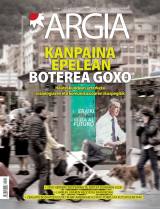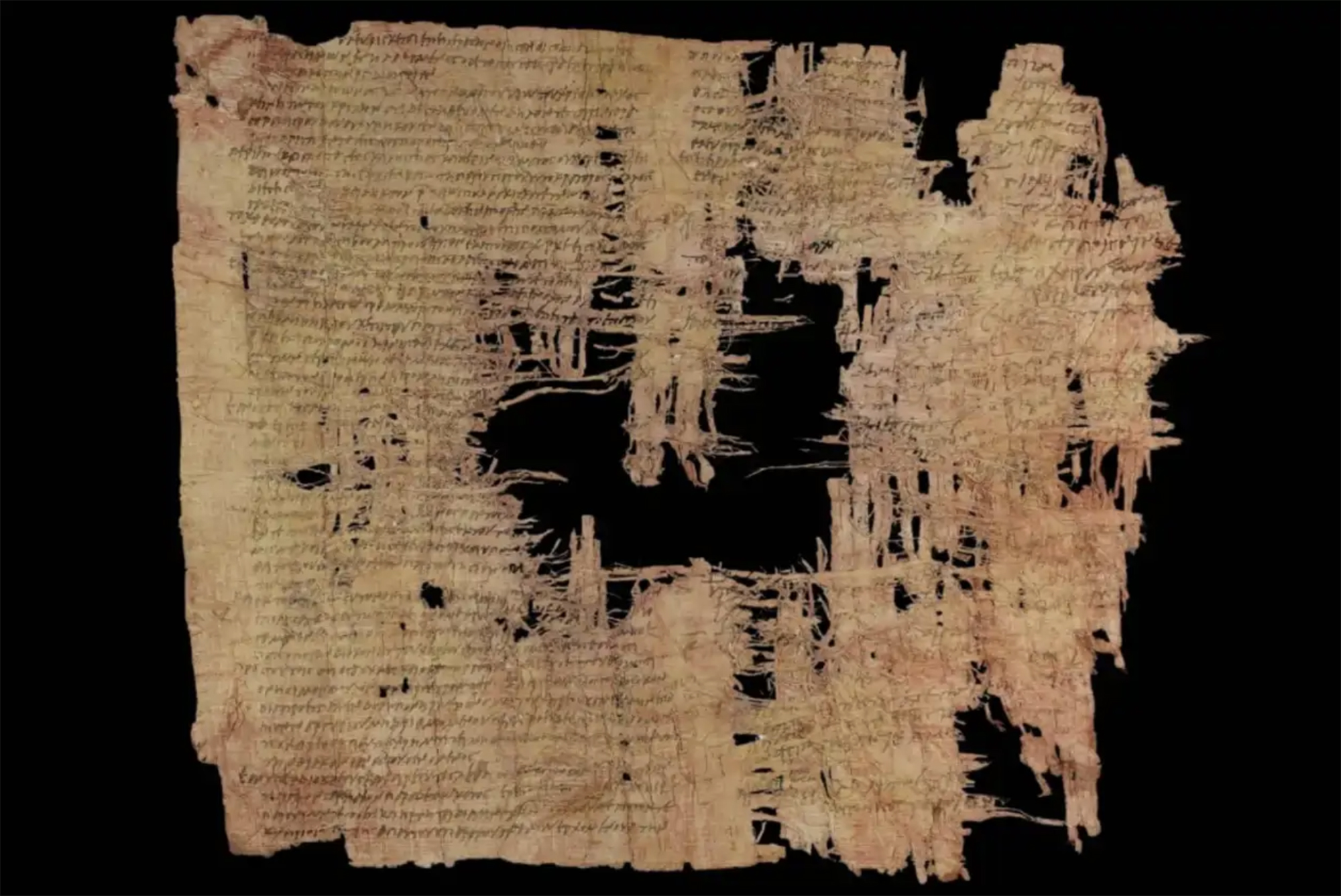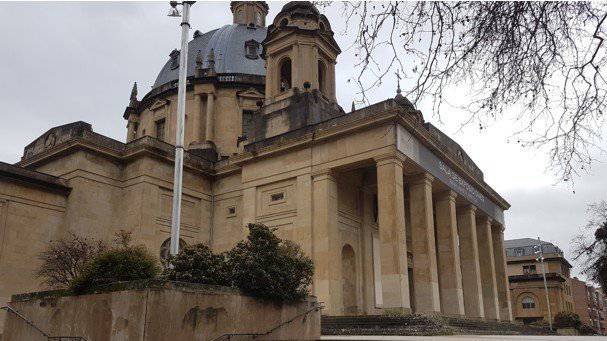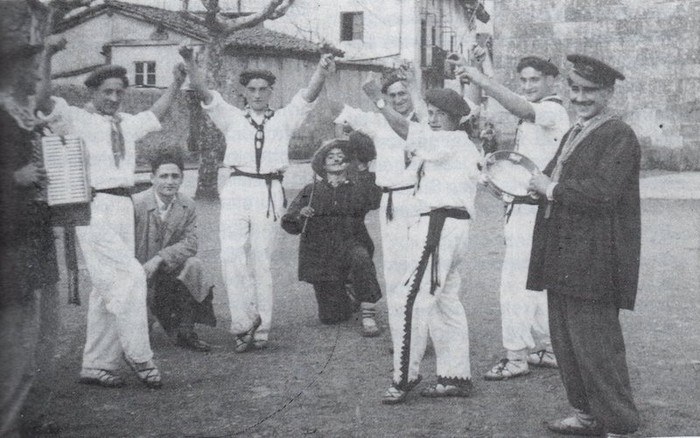Dragons for earthquake detection
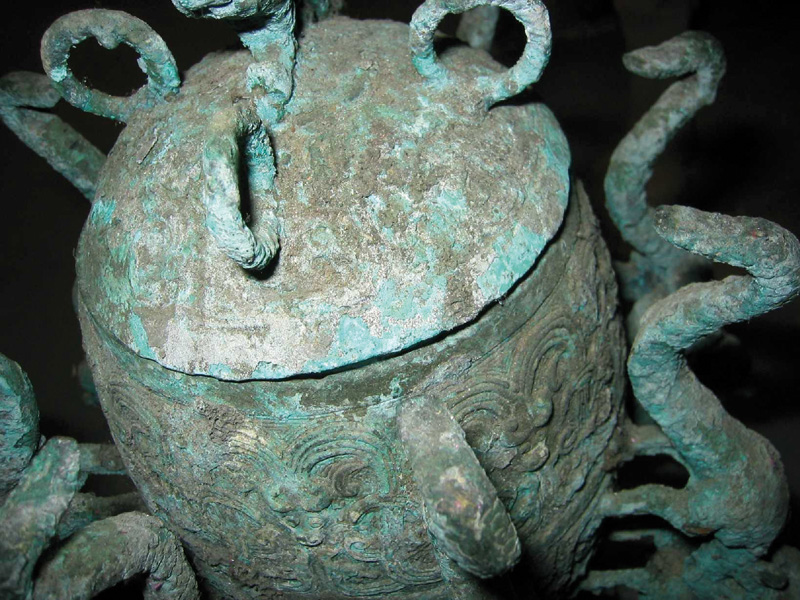
Luoyang (China), c. 132 132. The cartographer, mathematician, astronomer, painter and writer Zhang Heng (78-139) presented in the imperial court of the Han del Este dynasty a device for the recognition of earthquakes 1,700 years before the invention of modern seismographers (developed in Japan by Milne, Ewing and Gray in the 1880s).
Zhang's seismograph was a kind of large brass jar, about two meters in diameter. They carried eight dragons with them, pointing to the cardinal points, and each dragon carried a copper ball in his mouth. On the ground, under the eight dragons, there were so many other frogs also located on cardinal points, with the mouth completely open. When an earthquake occurred, the pitcher's hole into a vibration amplifier and moved a pendulum. The mechanism containing the pendulum was set in motion, causing one of the dragons to unscrew the ball and get into the frog's mouth. The noise of the impact of the metals warned the neighbours that the earth had shattered and the direction in which the devoured frog earthquake had occurred.
The seismic detector Zhang Hengen cannot be technically called a seismograph or a seismometer, since it does not measure the intensity of the earthquake, but we should call it a seismoscope, as it only indicated that the seismic movement occurred.
But it seems that the contraption of the Chinese scientist and artist was very accurate. Once, in year 143, the seismoscope declared an earthquake with the ball released by the Western dragon. But in Luoyang's court there wasn't the slightest tremor. Had the invention of the wise man failed, among other things, to give a correct explanation of the moon eclipses and to accommodate the timetable for the seasons?
A few days later a messenger arrived at the palace, which reported an earthquake in the province of Gansu, about 600 kilometres west of Luoyang.
In the Maszycka cave in Poland, remains of 18,000 years ago were found at the end of the 19th century. But recently, human bones have been studied using new technologies and found clear signs of cannibalism.
This is not the first time that a study has reached this conclusion,... [+]
Porzheim, Germany, February 23, 1945. About eight o’clock in the evening, Allied planes began bombing the city with incendiary bombs. The attack caused a terrible massacre in a short time. But what happened in Pforzheim was overshadowed by the Allied bombing of Dresden a few... [+]
Poloniar ikerlari talde batek Sevillako Italica aztarnategiko Txorien Etxea aztertu du, eta eraikinaren zoruko mosaikoak erromatar garaiko hegazti-bilduma xeheena dela ondorioztatu du.
Txorien etxean 33 hegazti daude mosaikoetan xehetasun handiz irudikatuta. Beste... [+]
Judea, 2nd century AD. In the turbulent atmosphere of the Roman province, a trial was held against Gaddaliah and Saul, accused of fraud and tax evasion. The trial was reported on a 133-line paper in Greek (pictured). Thinking that it was a Nabataean document, the papyrus was... [+]
Vietnam, February 7, 1965. The U.S. Air Force first used napalma against the civilian population. It was not the first time that gelatinous gasoline was used. It began to be launched with bombs during World War II and, in Vietnam itself, it was used during the Indochina War in... [+]
Archaeologists have discovered more than 600 engraved stones at the Vasagård site in Denmark. According to the results of the data, dating back to 4,900 years ago, it is also known that a violent eruption of a volcano occurred in Alaska at that time. The effects of this... [+]









